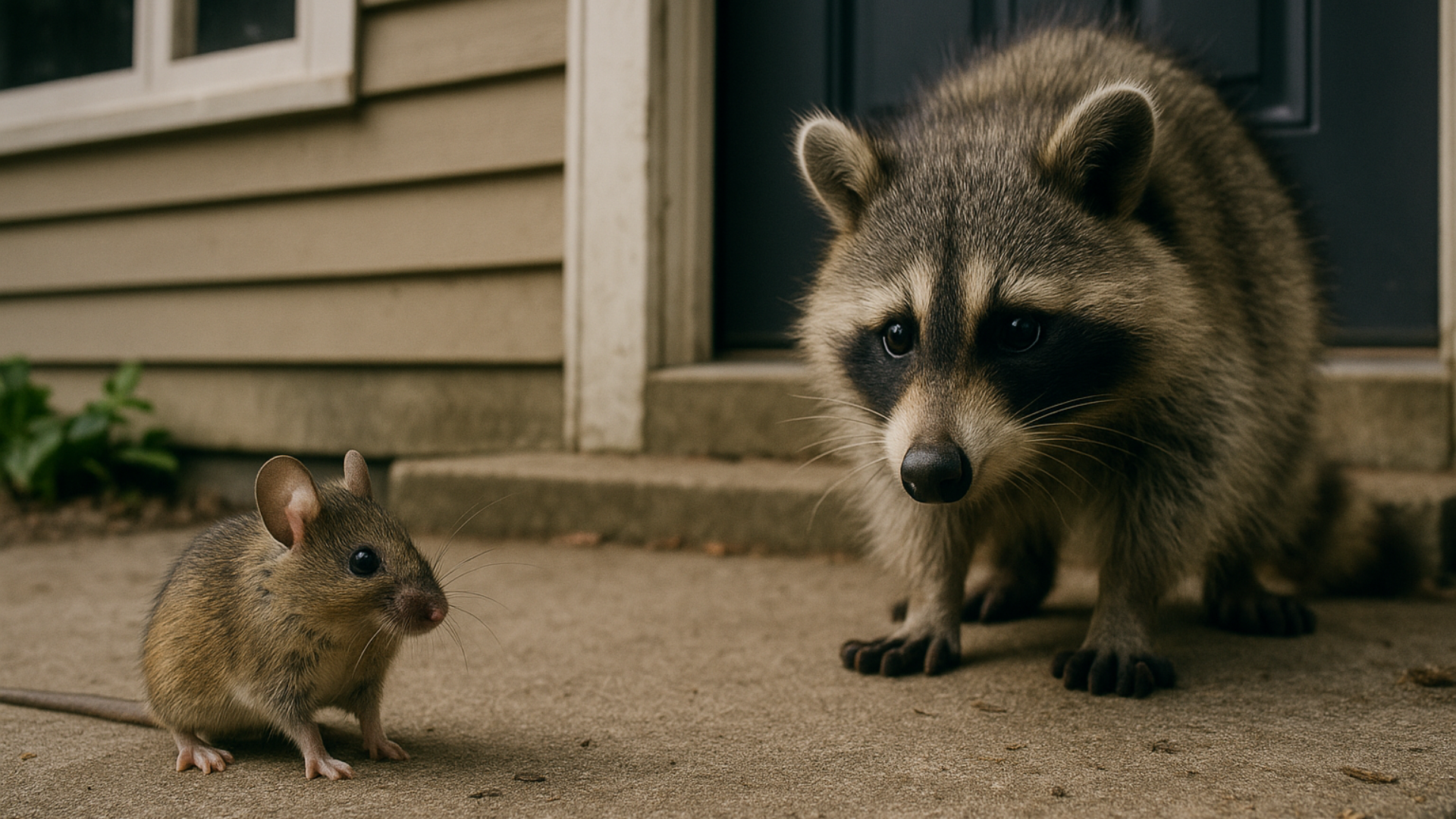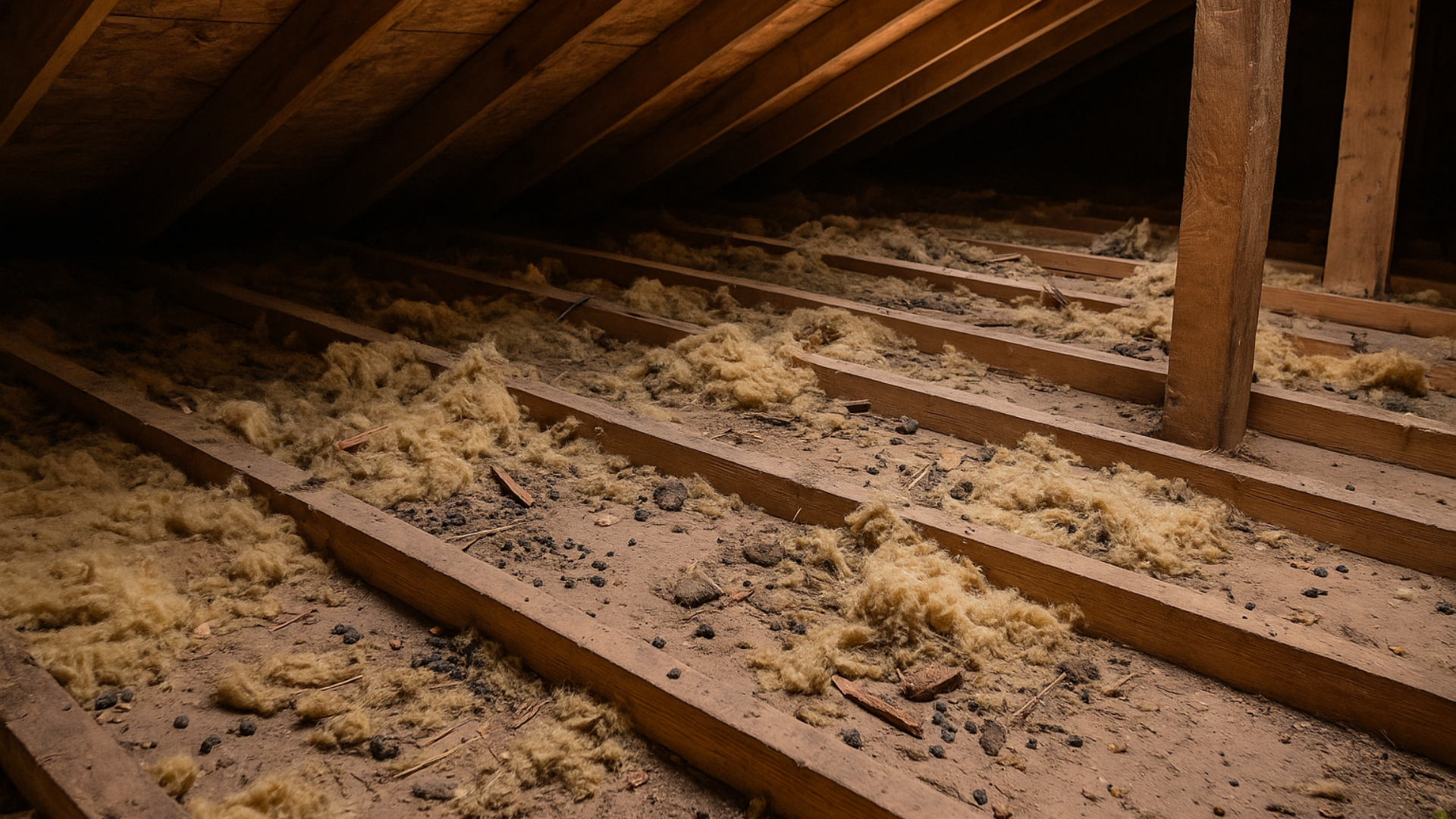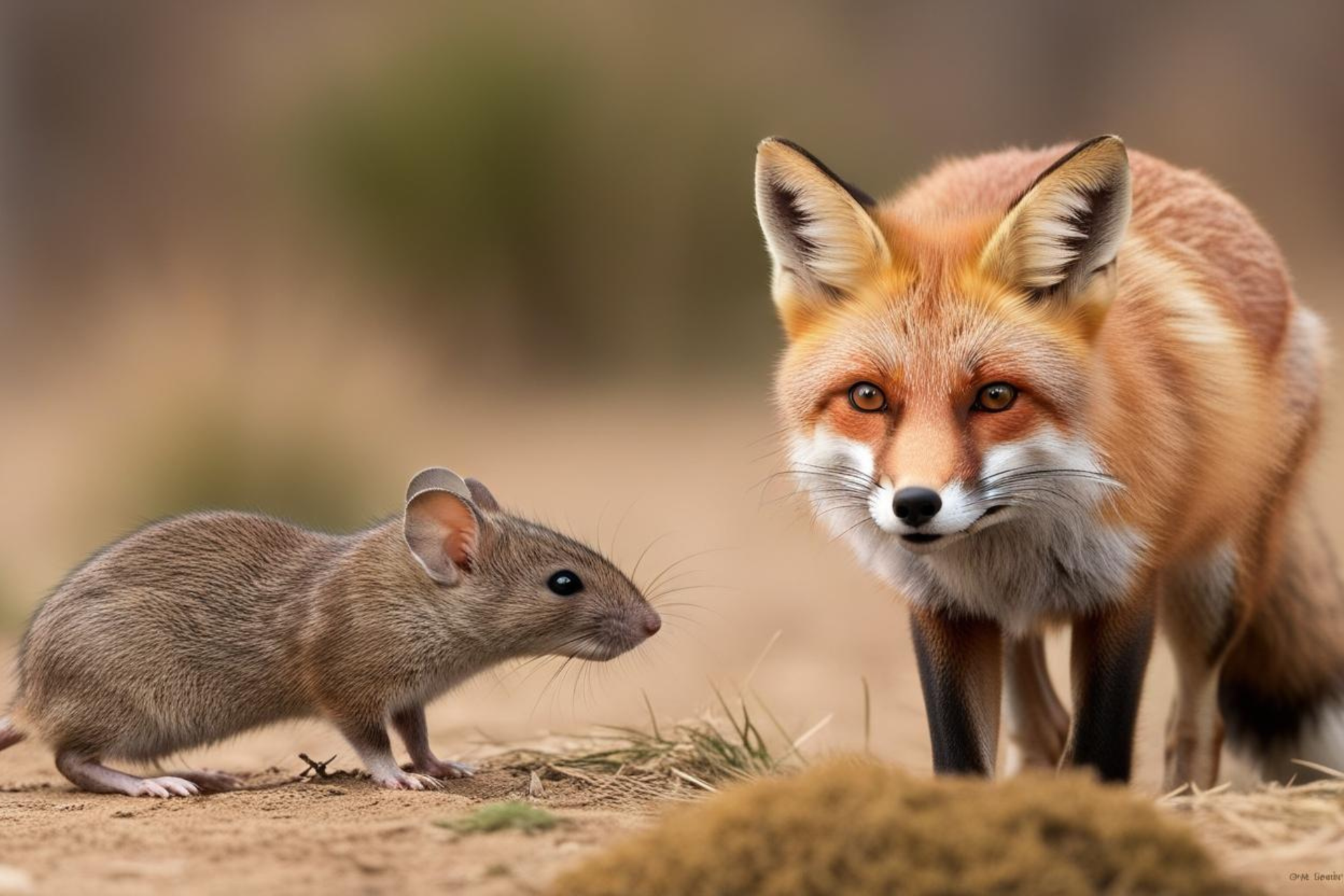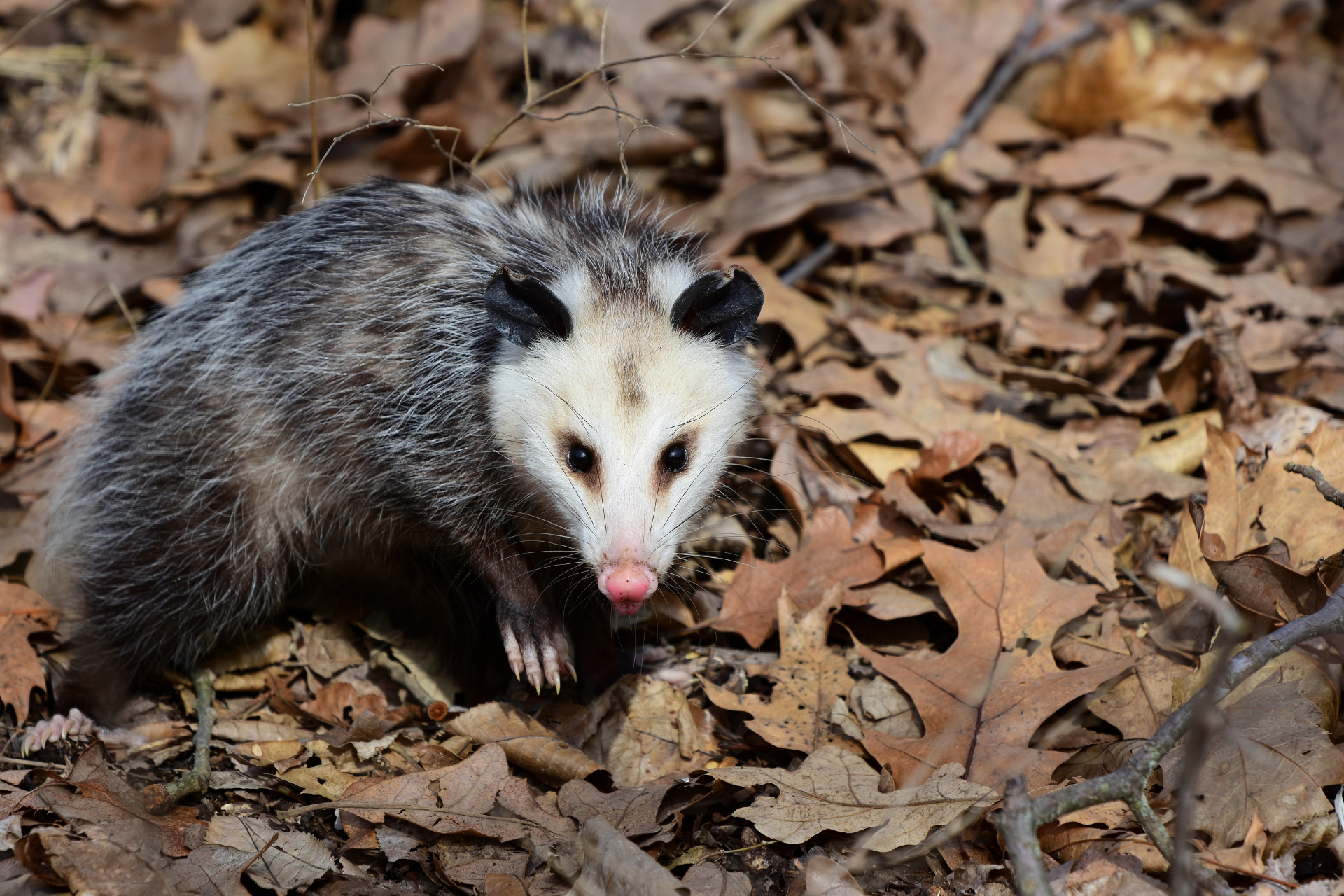The Importance Of Roofline Protection In Wildlife Control
Why Soffits, Fascia, And Vents Must Be Secure
Wildlife intrusion into homes tends to begin in the least expected places, and more often than not, it starts along the roofline. That narrow strip where the roof meets the walls might not look like much, but to any raccoons, squirrels, and birds that might be in the vicinity, it can appear like a red carpet laid out into the attic. Small openings in fascia boards, loose soffits, or gaps of almost any size along the gutters provide convenient access. Once an animal finds even the slightest weakness in the walls of a home, it doesn’t take long before the attic becomes a nesting ground.
The roofline is particularly vulnerable because it is exposed to the constantly changing weather throughout the year. Rain, snow, and fluctuating temperatures gradually wear down building materials. Over time, wood softens, trim separates, and vents shift just enough to create an opportunity. For a determined animal, especially one searching for a warm place to shelter, those slight imperfections are all it takes. Because of this, protecting the roofline is one of the most important steps in wildlife prevention.
It’s not just about blocking off holes, though. Wildlife is surprisingly resourceful. Squirrels, for example, can gnaw through weakened wood, while raccoons have the strength to pull up shingles or push through loose screens. Birds can squeeze into openings smaller than most people imagine. By focusing attention on the roofline, property owners can dramatically reduce the likelihood of dealing with an infestation that could otherwise spread quickly inside the home.
Why Infestations Start With Roofline Weaknesses
Most attic infestations have a common thread: they begin with a poorly sealed or overlooked roofline feature. When you consider the design of a typical home, it makes sense. Roof edges and eaves provide cover, often shaded and hard to see from the ground. Animals instinctively seek sheltered entry points, and a hidden corner above the gutter or behind a vent is ideal.
Once inside, wildlife usually doesn’t stay put in a single corner. Attics are quiet, dry, and undisturbed, making them an attractive nesting space. From there, the damage can multiply. Insulation gets compressed and soiled, wiring can be chewed through, and droppings accumulate. What started with a small crack at the roofline often develops into widespread interior damage.
The challenge is that many homeowners don’t notice the signs until the problem has grown. Scratching noises in the ceiling or droppings in the attic are usually the first clues, but by then, the animals are already well established. Roofline protection, therefore, isn’t just about stopping wildlife from entering. It’s about cutting off that initial opportunity before it has a chance to grow into a serious issue.
The Long-Term Value Of Roofline Protection
Investing in roofline protection pays off in ways that extend beyond stopping animals from getting inside. One major benefit is the preservation of a home’s structural integrity. Unchecked entry points accelerate deterioration, as animals widen gaps or chew through softer materials. By sealing those weak spots and reinforcing vulnerable edges, the roofline holds up better against both wildlife and natural wear.
Another benefit comes from reducing health risks. Wildlife that finds its way into attics often carries parasites, bacteria, or nesting debris that can circulate through air ducts. Preventing access in the first place helps avoid these issues altogether. Roofline protection also minimizes the need for recurring removal services. Rather than dealing with repeat infestations season after season, a properly reinforced roofline creates a lasting barrier.
There’s also peace of mind to consider. Knowing that the most common access points are protected allows homeowners to focus on enjoying their property instead of constantly worrying about noises overhead or costly cleanup projects. It’s easy to underestimate just how persistent animals can be once they identify an opening, but a strong roofline strategy shifts the balance back in the property owner’s favor.
Professional Techniques That Make A Difference
Effective roofline protection requires more than just patching visible holes. It involves a detailed inspection that accounts for every possible access point. Professionals often start by examining fascia boards, soffits, and vents, since these areas tend to wear down first. From there, durable materials like metal flashing or specialized sealants may be applied to reinforce weak sections. Unlike quick fixes that can fail after a season, these methods are designed to withstand both wildlife attempts and weather exposure.
Attention is also given to roof intersections, where multiple angles meet and form natural gaps. Animals frequently exploit these junctions because they provide just enough space to slip through. By properly sealing these areas and blending the work into the existing design, the protection becomes both effective and discreet. Gutters and drainage systems are also part of the equation, since clogged or misaligned gutters can create water damage that softens wood along the roofline, indirectly inviting wildlife.
Another critical aspect is understanding the behavior of the specific species in the area. The techniques used to deter raccoons differ from those used for smaller animals like bats or birds. Each species has its own way of exploiting weaknesses, and professional strategies adapt accordingly. By combining structural reinforcement with species-specific approaches, roofline protection becomes far more reliable than basic patchwork.
Protecting What Matters Most
The roofline might not draw much attention in day-to-day life, but in terms of wildlife control, it is one of the most decisive factors. Left unprotected, it becomes a welcome mat for curious raccoons, persistent squirrels, and nesting birds. When reinforced properly, though, it serves as a barrier that prevents infestations from ever starting.
At Veterans Pride Wildlife Control, we take pride in addressing these critical vulnerabilities with proven methods that last. Our team focuses on detailed roofline inspections, targeted reinforcements, and strategies tailored to the unique challenges of each property. If you suspect your roofline might be inviting unwanted visitors, or if you simply want the confidence that it is fully protected, we encourage you to reach out.
Contact us today, and let’s make sure your home stays secure against wildlife intrusions.










